

BC Check-Up
CPAs are on the front lines of business in this province, and they see firsthand what issues are affecting investment and the economy. CPABC provides CPAs and the public with timely economic updates and analysis on British Columbia as a place to INVEST, LIVE, and WORK.
BC Check-Up Invest
The 2025 BC Check-Up: Invest report highlights investment trends across BC and in each of the province’s seven economic development regions. BC faces a challenging business climate after the United States imposed or threatened to impose tariffs on most Canadian goods. The report finds that 2024 was a transitional year for the BC economy, as moderating inflation allowed the Bank of Canada to lower interest rates and engage in less restrictive monetary policy. Still, the province enters this trade war after experiencing a down year; real GDP per capita fell in 2024 and global trade uncertainty threatens a rebound in 2025.
Press Release

How to shield your bottom line from tariff surprises

Practical Issues with the Residential Property Flipping Rules

CPABC: Incentivizing growth in B.C. a top priority as trade war kicks off
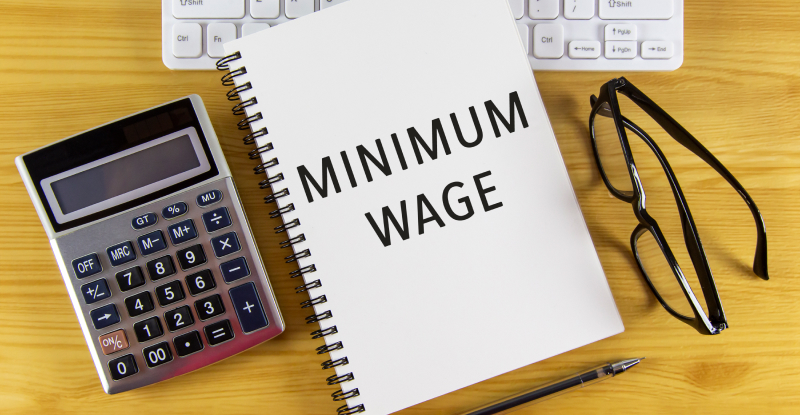
How minimum wage affects Canada’s job market

Canada announces support for businesses and workers amid U.S. trade action

BC Check-Up: Invest

CPABC: B.C.’s 2025 Budget focuses on core public services to support British Columbians through a period of economic uncertainty

2024 Canadian holiday outlook

Is BC’s Economy Heading for a Soft Landing?

CPABC: BC Labour market has cooled significantly since April 2024

BC's tipping point

BC Check-Up: Investment climate shows strength in housing construction, but challenges in economic growth and major projects

Investing in BC

What are the benefits of BC’s Pay Transparency Act?

Work in BC

Life in BC - Immigration driving growth as housing crisis persists

CPABC: BC’s population growth surges in 2022 as international migration picks up
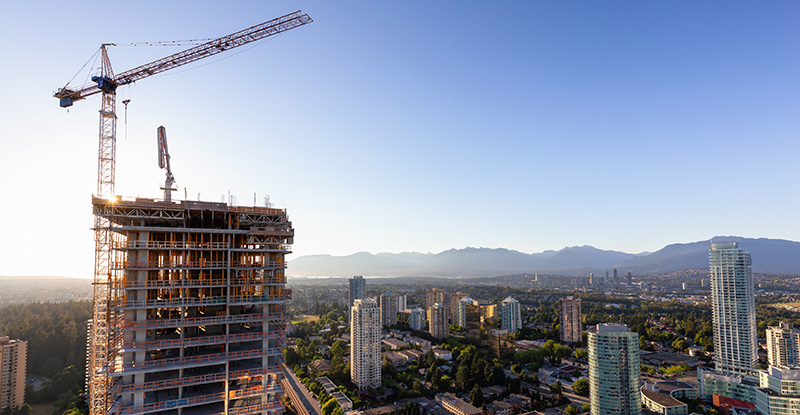
How can BC focus on policies that boost economic outlook?

Economic update: Inflation slowing, BC labour market strong, and forestry industry struggles
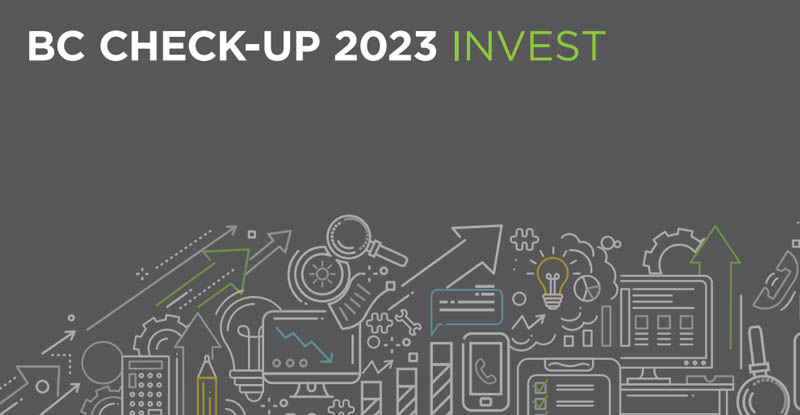
CPABC: Building investment strong in 2022, but high inflation and interest rates weaken outlook

Economic update: Inflation slowing but remains high; BC adds more jobs

A look at the federal underused housing tax

Despite economic challenges, BC facing record labour shortages

The Cullen Commission: What's next?

CPABC: B.C. housing shortage creates affordability crunch

The high cost of living in British Columbia

Strong major project activity in Southwest B.C. may spark economic rebound

CPA profession appears at Cullen Commission into money laundering
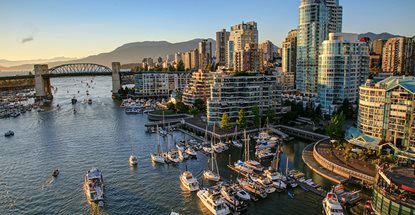
Southwest B.C.’s employment recovering, but nearly 70,000 workers remain displaced

The fight continues

COVID-19 employment disruption remains concentrated amongst B.C.’s youth

BC’s road to recovery: Supporting displaced workers

Why modular housing can be one key solution to housing affordability

Ensuring B.C.’s business competitiveness
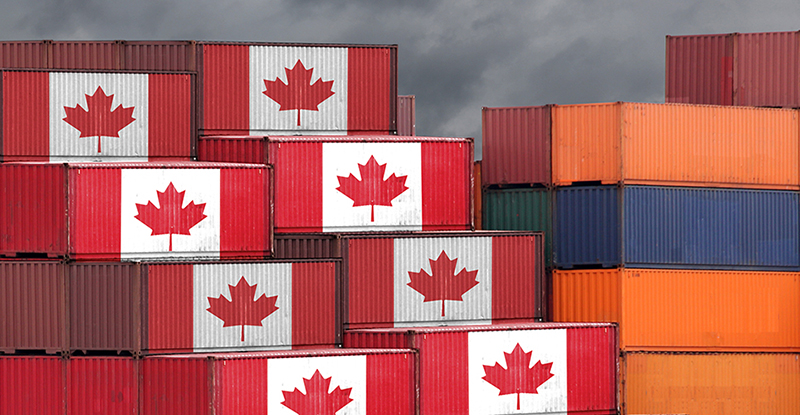
B.C. exporters should take advantage of Canada’s trade agreements

Temperature check: BC’s economic activity expected to cool down slightly

Bridging the gap – Skills vs. needs

High cost of living impacts business competitiveness
Media Relations
Contact our public affairs team for media enquiries.

